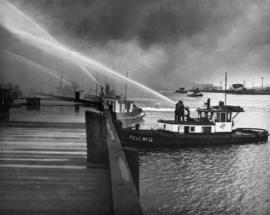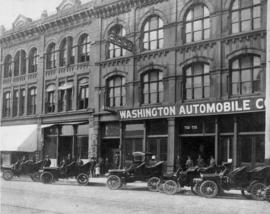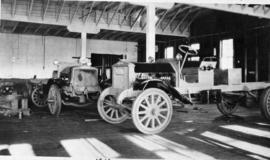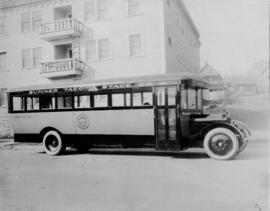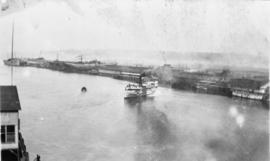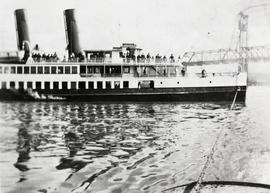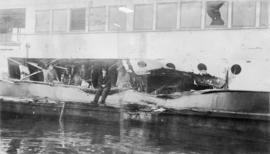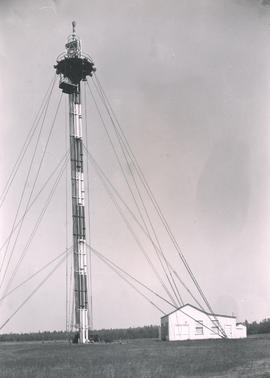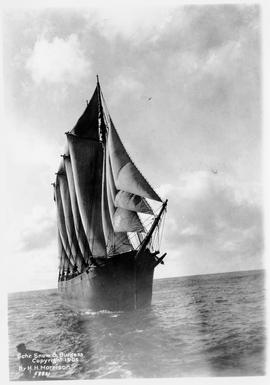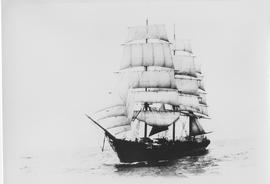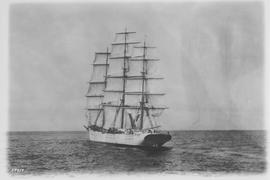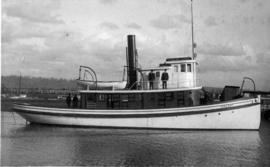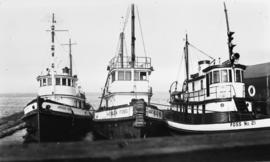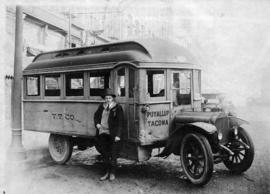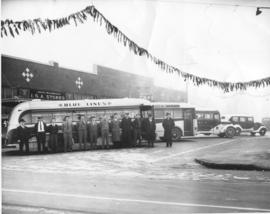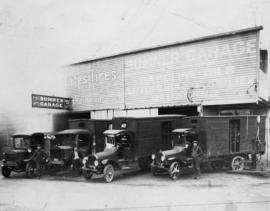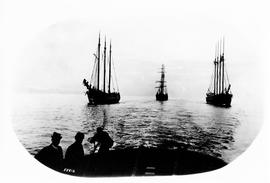- Item
Part of General Photograph Collection
The Foss #12 caught in the act of fighting a waterfront fire. In 1914, the #12 was the first vessel designed and built for Foss exclusively for towing. The 43 foot #12 was used primarily as a steamer assist; it helped the large vessels turn about in the narrow City Waterway by tying up to their bow and pulling them to face the other way. The #12 achieved fame, however, as the City of Tacoma's fireboat. The city entered into an agreement to hire the vessel for $8.20 a day to be on call to fight fires. The ship was fitted with a pump that could throw 1200 - 1300 gallons of water per minute at a waterfront blaze. In 1929 Tacoma had a full-fledged fireboat built, the Fireboat #1; but for a number of years Foss #12 faithfully provided that service for the city. (Photograph courtesy of the William T. Case Collection) ("Foss: A Living Legend" by Bruce Johnson and Mike Skalley)
Foss Launch & Tug Co. (Tacoma); Fireboats;
